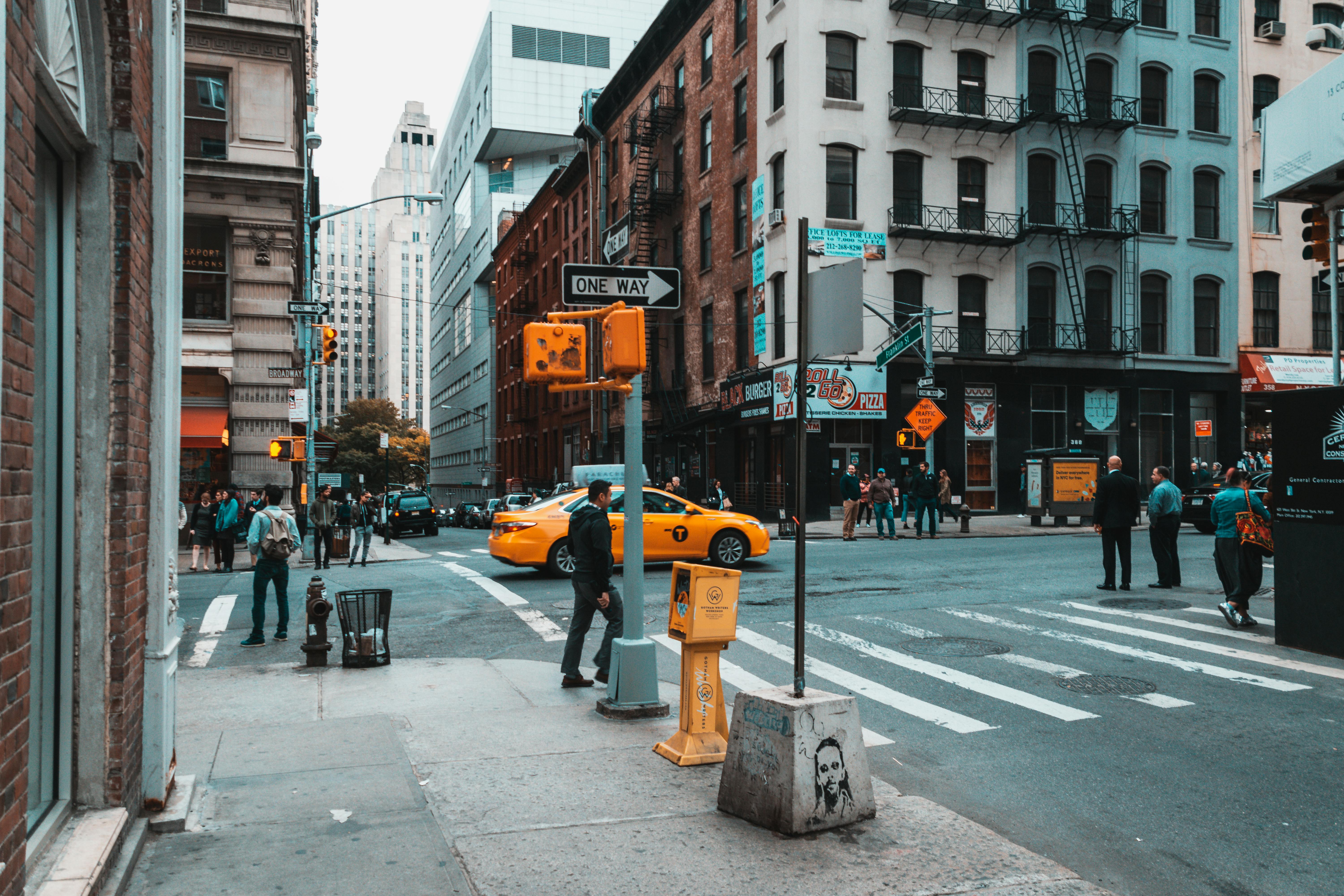Contact Us
RoadVision AI
Private Limited
Office No. 308 & 310, B Block
Ansal Chamber - 1, Bhikaji Cama Place,
Near Engineers India Limited (EIL) Bhawan, New Delhi - 110066
© 2024 | RoadVision AI | All rights reserved
Urban mobility is a cornerstone of modern cities, shaping how people interact with their environments and access essential services. The concept of "Complete Streets," championed by the U.S. Department of Transportation (USDOT), provides a transformative approach to roadway design that prioritizes safety, accessibility, and efficiency for all users—pedestrians, cyclists, motorists, and public transit riders alike.

Complete Streets are roadways designed and operated to ensure safe and convenient travel for everyone, regardless of age, ability, or mode of transportation. These designs emphasize inclusivity and adaptability, accommodating diverse user needs while promoting sustainable and equitable urban development.
Complete Streets can include a variety of features tailored to the specific needs of a community. Some common elements are:
Complete Streets reduce the risk of accidents by incorporating designs that separate modes of transport and prioritize vulnerable users. For example, protected bike lanes and well-marked crosswalks contribute to safer urban environments.
By considering the needs of all individuals, including those with disabilities, Complete Streets promote inclusivity. Features such as curb cuts and audible signals at crossings ensure that public spaces are accessible to everyone.
Walkable and bike-friendly streets attract more foot traffic to local businesses. Additionally, Complete Streets can increase property values, making them an attractive investment for cities.
Encouraging walking, cycling, and public transit reduces the reliance on cars, which in turn lowers greenhouse gas emissions and improves air quality.
By providing safe and inviting spaces for physical activities, Complete Streets promote healthier lifestyles, reducing risks associated with sedentary behavior.

The USDOT actively supports the integration of Complete Streets principles into transportation planning and policy. Through funding, technical assistance, and advocacy, the USDOT helps cities and states implement designs that prioritize equitable mobility and safety.
By redesigning Times Square with pedestrian plazas and dedicated bike lanes, New York City successfully reduced traffic collisions and created a vibrant public space.
Seattle implemented a network of low-traffic streets optimized for walking and biking, fostering safer, more connected communities.
Complete Streets are not just about transportation; they’re about creating safer, healthier, and more inclusive communities. By adopting these designs, cities can address the diverse needs of urban dwellers, enhance mobility options, and promote sustainability. The USDOT’s continued advocacy for Complete Streets underscores their vital role in shaping the future of urban mobility.